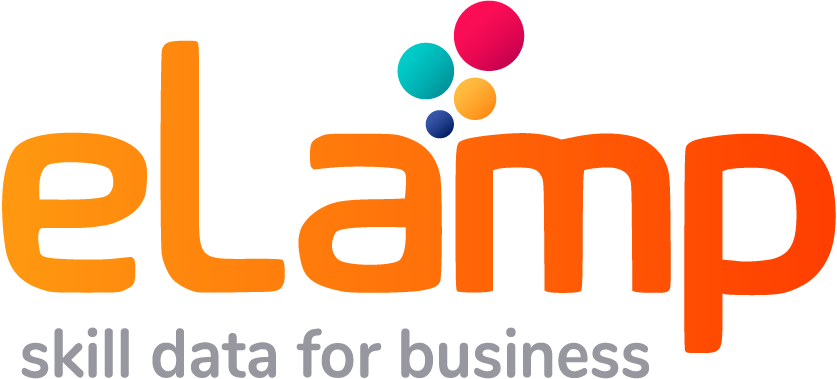
Interview of Max-Hervé Dujardin,
CEO – Bartle Consulting
_____
Can you introduce Bartle to us?
Bartle is a transformation consultancy with 90 employees.
We combine a consulting and entrepreneurial approach, we adopt a posture that is pragmatic and result-oriented. We support our clients in various ways topics around the strategic vision, the evolution of the professions and the management change. We have achieved more than 40% growth in 2018.
What are Bartle’s main challenges and objectives?
Historically, Bartle has communicated very little. Today we are reaching a critical size, and we want to establish the brand more strongly in the consulting market, through a strong identity and imprint. Our ambition is to become a leading firm in the field of transformation by bringing ever more value to our clients, particularly in certain industries such as the distribution, mobility, transport…
One of our main challenges is to preserve our identity: we do not operate by BU but by flexible communities of engagement, to encourage transversality, the dissemination of knowledge internally.
What issues would you like to address by implementing a skills management solution, and how has eLamp helped you address them?
Because of our size, it is increasingly difficult to know the intrinsic skills of our employees. We create transversality by decompartmentalising at the organisational and knowledge level. To do this, we need to have a dynamic vision of our skills. We also wanted to make the most of skills related to personal skills and passions. For example, we have a consultant who is an expert in oenology, another who gives courses on the art market, another who does theatre, and so on. These skills are not related to their profession but they are rich and useful for us.
eLamp Competency Mapping has multiple benefits. We move away from a vision based solely on the job or mission statement and enter a more precise, relevant and richer level of detail. Above all, it allows us to project the dynamics of recruitment and training in relation to what we want to address tomorrow, to increase the value of our missions and to be stronger in certain sectors of activity.

eLamp also allows us to staff the teams in an optimal way, finding the best formula between the customer’s needs and the available skills: I can find a consultant who speaks Russian and has knowledge of Supply Chain in two clicks. We improve the quality and speed of staffing.
Finally, a very interesting element is the management of external resources: we have a network of around fifty external experts with whom we work regularly. By opening up the eLamp solution to them, we have enriched our workforce. Before, when we identified an interesting profile, there was a good chance that a few months later it would be off the radar. Today, we are integrating these skills into our available resources.
What difficulties did you encounter and how did you overcome them?
The difficulty is always the same with this kind of solution: we had to make sure we had quality and up-to-date data. Several elements allowed us to ensure this. First of all, we made sense by communicating the added value of the platform: by providing information on their skills, employees improve their employability, a bit like on Linkedin. If a consultant has this or that expertise but doesn’t tell us, they won’t be asked about it. We have also made employees responsible for managing their career paths by giving them the opportunity to express their wishes for skills development. In fact, we are also developing employee experience at Bartle.
The eLamp interfaces have also greatly facilitated user adoption: the ergonomics are highly appreciated, they are open and expressive, and their use does not require any particular training.
Finally, we have integrated eLamp into various processes: during onboarding, newcomers are instructed to fill in their profile. And at the end of each mission, consultants must update their profile with the missions carried out, the clients and the skills they have acquired. eLamp allows you to control the activity on the platform, the frequency of use and the updating of skills.

In concrete terms, what are the results and differences observed since the installation of elamp?
The results provided by the eLamp solution can be observed at different levels:
We have optimised our collaboration with the ecosystem of partners and freelancers: we staff the best teams on the basis of their qualities, without being biased by the recency of the reception of their CVs. Internally, we have saved a lot of time and relevance in the search for expertise. We have reached an optimal level of quality in the profiles and teams proposed to our clients.
What prospects are open to you now that you know the skills of your employees and freelancers?
We can go further in the prospective management of resources, and on the policy of recruitment and training. There is a clear link with Bartle’s strategic vision, especially in relation to our business plans and medium and long-term objectives. We have streamlined and implemented a real resource management strategy at the service of the business.
For example, to achieve this objective or that market, we know that we need to have 30% of resources at this level on that family of skills. Today, we know that we are at 10%. We can therefore implement actions accordingly, individually or collectively.
Conclusion
_____
eLamp has allowed us to have a dynamic and very efficient team management. We have the reflex to lock profiles into their job descriptions or job titles, but that’s not the reality. The ability to enter the skills mesh opens up new possibilities, from which everyone comes out a winner: the HR department, the business, the employees and the customers.
